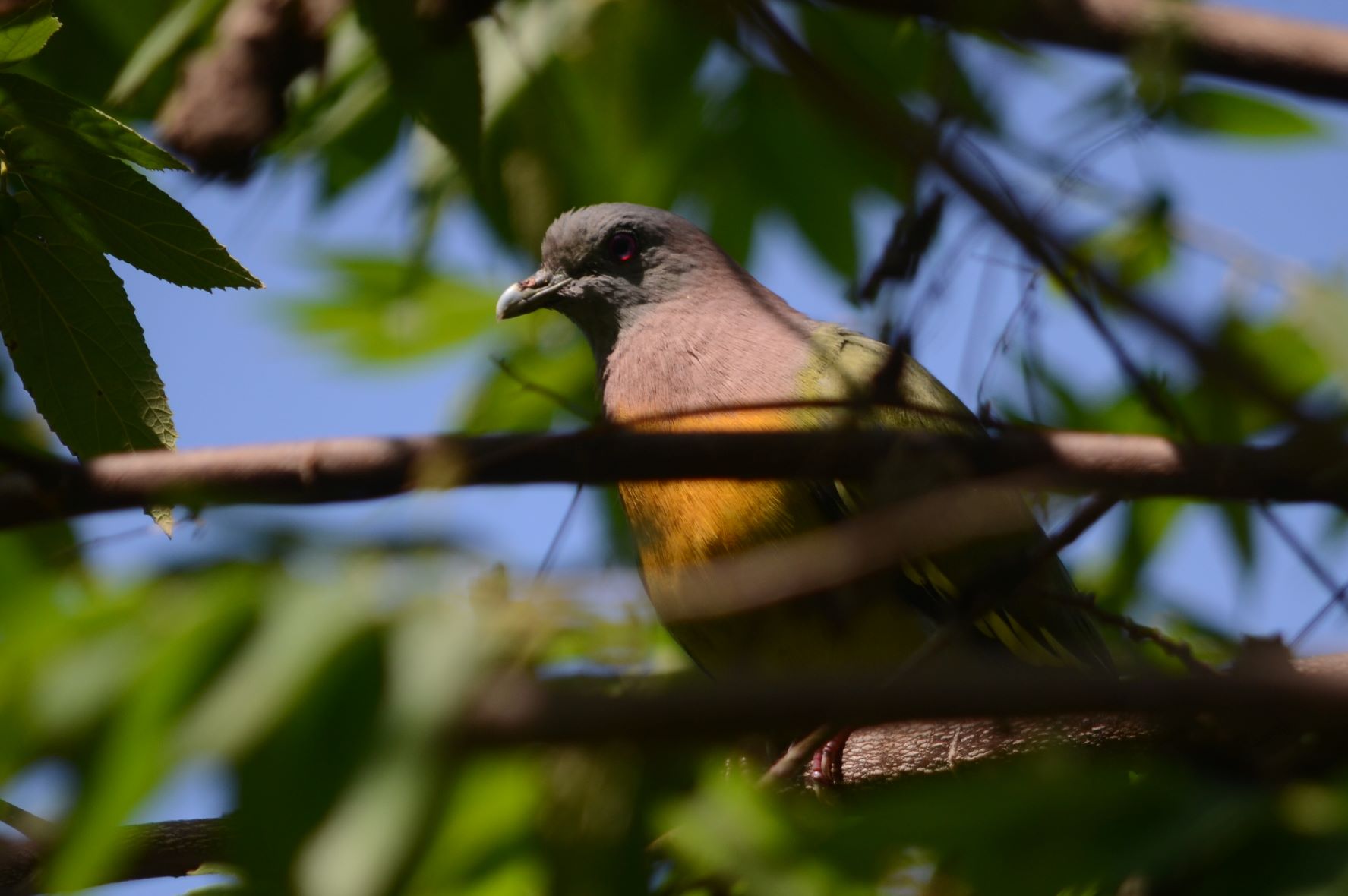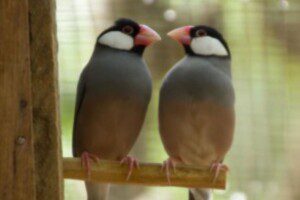NUSA PENIDA: WILDLIFE
By turning the Nusa Penida island group into a unique bird sanctuary, Friends of Nature, People and Forests has managed to save the critically endangered Bali starling, Bali’s emblem bird, from extinction in the wild.
Today, the sanctuary is home to more than 100 Bali starlings. When we started the project in 2006, there were fewer than 10 birds remaining in the wild, the result of decades of global trafficking.
In this haven, which covers the islands of Nusa Penida, Nusa Lembongan and Nusa Ceningan, we’re protecting and rebuilding wild populations of several endangered Indonesian birds. Along with the Bali starling (Leucopsar Rothschildi — also known as Rothschild’s mynah, Bali myna, Bali mynah and Jalak Bali), we are helping save the Java sparrow, lesser sulphur-crested cockatoos, and Mitchell’s lorikeet.
WILDLIFE WE CARE FOR
The sanctuary has the backing of the island’s 46 village communities which have passed traditional laws to show their support. This unique environment provides protection from the poachers who in other parts of Indonesia pose the greatest threat to endangered birds. By using a holistic, sustainable approach to conservation, and removing the threat of poachers, our project is the only one that has been able to successfully create a wild population of Bali starlings in Bali.
The sanctuary is part of the Wildlife Land Trust’s network. Established by Humane Society International (Australia), the trust protects more than 725,000 hectares of habitat worldwide. The Bali starling breeding program has been recognized by Birdlife International and attracts researchers and conservationists from around the world, among them philanthropists and lecturers from the Durrell Wildlife Conservation Trust. As well, the regional government has declared the bird sanctuary an officially protected zone.
Our team is working with local communities to extend protection to other wildlife, including sea turtles. The sanctuary is also a temporary release site for birds from other parts of Indonesia, that have been rescued from illegal captivity. We teach them how to live in the wild again and sometimes help rebuild their wild population, before relocating them back to their native home.















